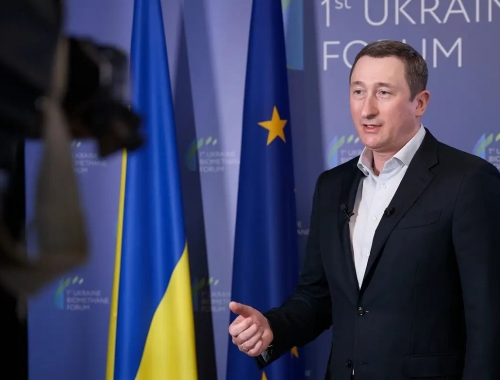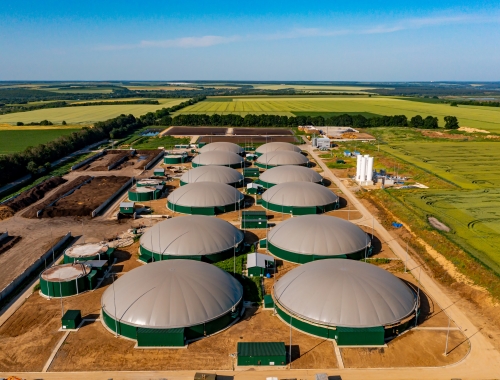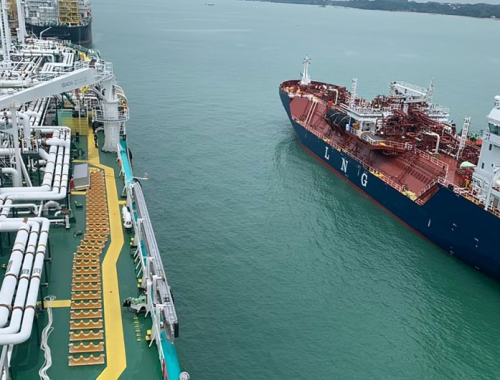IOGP warns EU methane rules need to be more realistic to implement
Representatives of the EU’s 27 member states and the European Parliament are meeting on November 14 as the bloc works to finalise an agreement on methane regulation for the energy sector. However, there is a risk that the European oil and gas industry will find it impossible to implement the rules, the International Association of Oil & Gas Producers (IOGP Europe) has warned, describing certain requirements as being “disconnected from reality.”
First unveiled in December 2021, the EU’s draft regulation sets new requirements for the oil, gas and coal sectors to measure, report and verify methane emissions, as well as introducing rules on detecting and repairing methane leaks and limiting venting and flaring. The regulation also targets methane emissions associated with imports of hydrocarbons into the EU, with the introduction of monitoring tools to ensure greater transparency.
This followed the European Commission’s release of a methane strategy for the energy sector in the previous year. Finalising the rules has been held up over the years, however, as a result of disagreement among member states, the COVID-19 pandemic, the war in Ukraine and the ensuing energy crisis.
IOGP criticised the draft rules that “some requirements rely on technologies that do not exist,” while “others are entirely disproportionate.”
“Unless negotiators address these issues properly, our industry will not be able to comply with all of the regulations’ requirements despite our best efforts,” the association said.
IOGP said it supported EU methane regulation that was “proportionate, implementable, and efficient, and which can trigger and inspire similar legislation in other regions and countries, even more so ahead of COP28.”
“We call on policymakers to ensure that common sense prevails and that the regulation does not precipitate operational shutdowns and impact Europe’s security of gas supply in the current context of geopolitical tensions,” it continued. “There is still time to do this right by making improvements to the text.”
Troubleshooting
IOGP highlighted five areas where it found the draft legislation, in its current form, problematic. On importer requirements, it stressed that parties should know what intensity rate of emissions they have to adhere to, arguing that the obligation should only apply to contracts concluded after the implementing act is published.
Furthermore, it called on the commission to recognise frameworks, programmes and efforts on addressing methane emissions beyond only the Oil and Gas Methane Partnership (OGMP) 2.0 partnership, so that the equivalence of monitoring, reporting and verification (MRV) measures are assessed and ensured.
IOGP Europe also took issue at the minimum detection limit of 0.15 grams/hour and the 1 g/h leakage threshold that trigger a requirement for a leak detection and repair (LDAR) survey at a field. These are equivalent to a hundredth and a fourteenth of an average European dairy cow’s methane emissions, the association said, describing the standards as “completely disproportionate and nonsensical.” The 1 g/h leak threshold is ten times stricter than what was originally proposed by the commission.
Furthermore, the industry cannot comply with the LDAR requirement at subsea and sub-seabed facilities because there are no technologies to quantify leaks in this environment, IOGP said – an obstacle that has been recognised by environmental consultant Carbon Limits. The commission itself has acknowledged that no alternative approaches exist.
IOGP also criticised “prohibitive criteria” that it said would make it impossible to use advanced technologies such as drones and continuous monitoring to detect and quantify emissions. These technologies make it much quicker to detect and fix leaks, it said, reducing emissions more effectively than periodic surveys by man-made surveys.
The association also stressed that according to the regulation, operators would have to stop using continuous safety flares because of “restrictive ‘emergency’ criteria,” warning this would pose a safety risk to personnel and installations. It highlighted the difference between this flaring activity and routine flaring, which the association is already seeking to eliminate.
The regulation also calls for flare stacks to be made more efficient, combusting 99% of the methane that passes through them rather than the current 98%. But this would mean replacing numerous stacks – operations that would have a negative environmental impact, IOGP said.
The association also noted that the industry could not comply with the obligation to quantity emissions from subsea inactive, temporarily plugged, permanently plugged and abandoned wells, because no such technology exists – an issue also confirmed by Carbon Limits.
A practice that does exist is pressure monitoring, the association said, arguing this should be permitted as an alternative to quantification that is effective at finding and fixing leaks.







